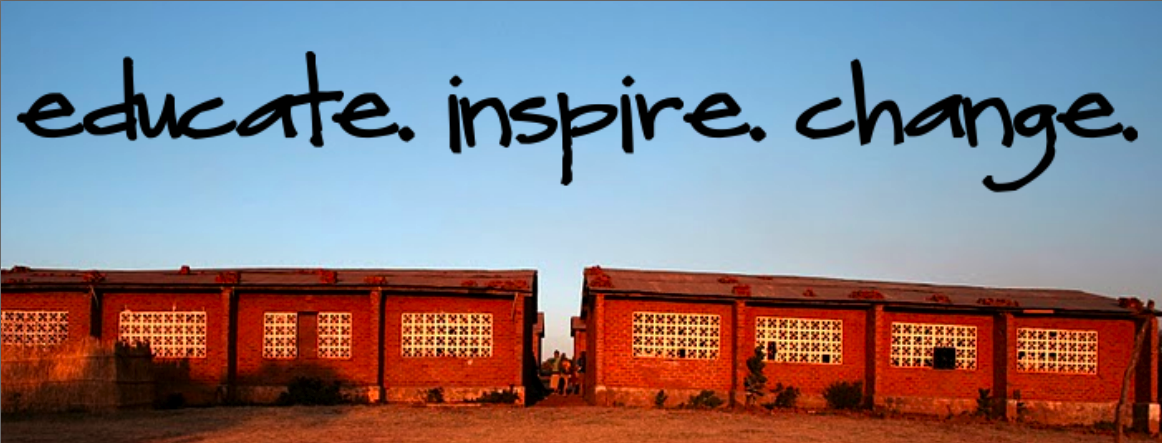
These faces represent the children of Malawi, children who are living in one of the poorest nations of Africa. One in five Malawians will have contracted HIV by the time they reach adulthood — if something doesn’t change. One in five sounds like a lot, but when you begin to put faces with the numbers, your perception of the statistic changes.With faces, just one feels like a lot; just one is too many. One in five is incomprehensible.
In Summer 2005, I spent ten weeks doing HIV/AIDS and environmental education in Malawi through a program as we all know to be, World Camp. My hope was that I might help my students avoid becoming one of the statistics. I left for Malawi wanting to experience a part of Africa, learn about public health, and give what I could of myself to the struggle against theHIV/AIDS pandemic. In high school I had raised money and awareness for an organization for children in Memphis infected with HIV/AIDS. That summer I went to Malawi ready to take a different angle on the issue and work for prevention of transmission.

Malawi has one of the highest HIV prevale
nce rates in the world. Close to one million people in Malawi are living with HIV/AIDS. Rather than discouraging me, these facts motivated me to work even harder. Every day, when I was teaching, I put everything I had into it. These faces were looking up at me, and I knew that if I could educate them about HIV, then I would be giving them information that could save their lives. Every day the number rang in my head, and I would think that one-fifth of my class would contract HIV by the time they reached adulthood. While I was teaching the children, they also were teaching me.

It wasn’t until I returned home that I even began realizing how much my experience in Malawi taught me. It is one thing to watch the news and see famine and poverty or to learn about the conditions in developing nations in a college class. It is completely and utterly different to witness it yourself, to know that the child you hold in your arms is among the poorest children of the world. Teaching these children allowed me to learn where they were coming from, what misconceptions they held about HIV, and what the situation there is truly like, not just what I see on the news or learn about in class.
Before I went to Malawi, the HIV/AIDS problem in Africa was not a concrete thing to me. Everyone knows that it is a huge problem, but being in Malawi and seeing things first hand gave me an understanding that I could never have attained otherwise. Now, when I think of HIV/AIDS in Africa, I think of the peoplein Malawi, of the children I played with. I remember the children in each of these pictures. Before I went to Malawi, HIV/AIDS in Africa didn’t have any faces; or, rather, it had too many faces to comprehend at once. The issue is now a tangible thing to me. I understand it, and I feel its consequences even more deeply than I did before I went. The interest I’ve had in fighting HIV/AIDS since I was in high school was multiplied a million times over during my time in Malawi. I returned to the United States a stronger, more educated person. I returned with a renewed vision of my passion, and with the faces of the children ingrained in my memory. These faces are my inspiration.

Catilin Steiger, volunteer, with Frank the Tank, Fatsima, and others from Chisomo Street Shelter in Lilongwe, Malawi
**Part VI in a series of reflections on how we internalize what we learn abroad into who we are back home. Email submissions to info@worldcampforkids.org orkaty@worldcampforkids.org. Articles, thoughts, poems, quotes, pictures, etc. are welcome!*

No comments:
Post a Comment